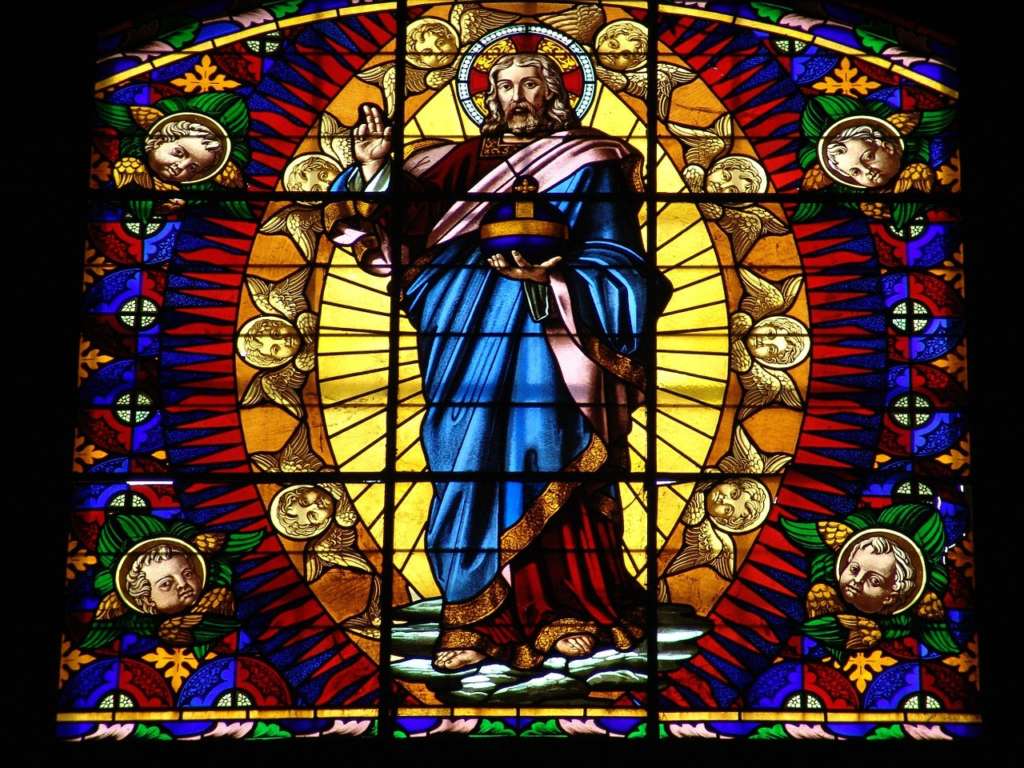Stained Glass is usually coloured by adding metallic salts to it during its manufacture. It is then crafted by arranging small pieces of to form patterns or pictures which are then held by strips of lead and supported by a rigid frame. Painted details and yellow stain can then be used to enhance the design.
The idea of stained glass conjures up images of huge windows in old cathedrals many of which have survived the test of time well and remain intact all over Europe; in fact many would sat that it is the most substantive art form that has lasted. It has been produced since ancient times; it reached the height of its popularity in the Middle Ages when stained glass images were used to illustrate narratives of the Bible to the illiterate however interest in it faded over the years.
A considerable amount of cathedrals were affected in Europe by bombs in World War 2 and in a lot of these the stained glass was destroyed. This ultimately led to lengthy restoration projects and a revival of curiosity in the art.
Today stained glass is not only committed to adorning churches and cathedrals; Tiffany lamps are just one example of a modern vernacular method that is popular. Pub booths, skylights and shop windows reflect the recognition that stained glass is not only something of historical importance but is also of great beauty and value.
A course in stained glass will teach students to unleash their creativity and make their own designs in an interesting and inventive way in a process that when learned, is extremely rewarding and incredibly beautiful.



















